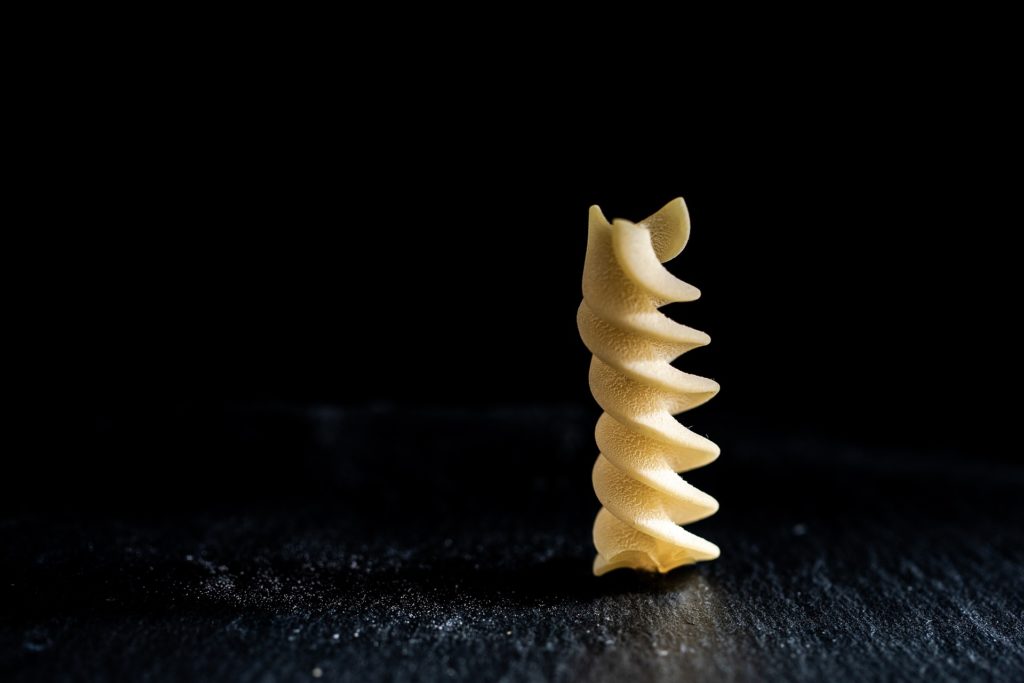Depending on the type of pasta is going to be dried and its composition, 3 drying methods can be defined:
Slow cycle at low temperature (24-72 hours at a temperature of maximum 40-50°C): with this method the pasta keeps intact its nutritional properties. Pasta dried with this method will have an optimal time and cooking point, beyond which the pasta will overcook.
It is recommended to opt for a slow cycle only if excellent raw materials are used, in this way the dough will be tenacious, elastic, non-sticky and the cooking water will be clear.

High temperature (8-10 hours at a temperature of maximum 75-80°C): it is in general the favourite method for industries as it allows a very fast production, it improves the physical properties of pasta and also the production costs. In fact, it ensures the success of pasta production with low-quality raw materials as pasta tends to remain al dente for more time. It is thought that if pasta remains al dente for more time, this is a synonymous of excellent quality pasta, but this is not really true!
Very high temperature (3-4 hours at temperature which can exceed 100°C): pasta factories adopt this method in order to speed up production and to use low-quality (and cheaply) materials, but actually the result is a dead pasta without enough nutrients. The high temperature prevents pasta from overcooking because it prolongs the cooking point, leading to think that is an high quality pasta.
The drying process is not simple: at the beginning, you need a lot of humidity, then it must slowly decrease bringing the dryer to a temperature of about 50°C for 18 hours, and then decrease it to 30°C for two hours more.
Moreover, there is a very important element you must take into consideration: ventilation. It should not be too much, because otherwise you run the risk of drying pasta too quickly so it can break; this can happened because the moisture contained in the centre of the dough does not move properly to the outside.
At the end of the drying cycle, the humidity of the dough should be about 12.5%.
The power of a dryer is proportional to its volume, to the size and quantity of its frames. However, there are several models of small-size dryers on the market that have a high power. It is always important to check the data sheet of a dryer before its purchasing, in order to make sure if it is really suitable for your needs.